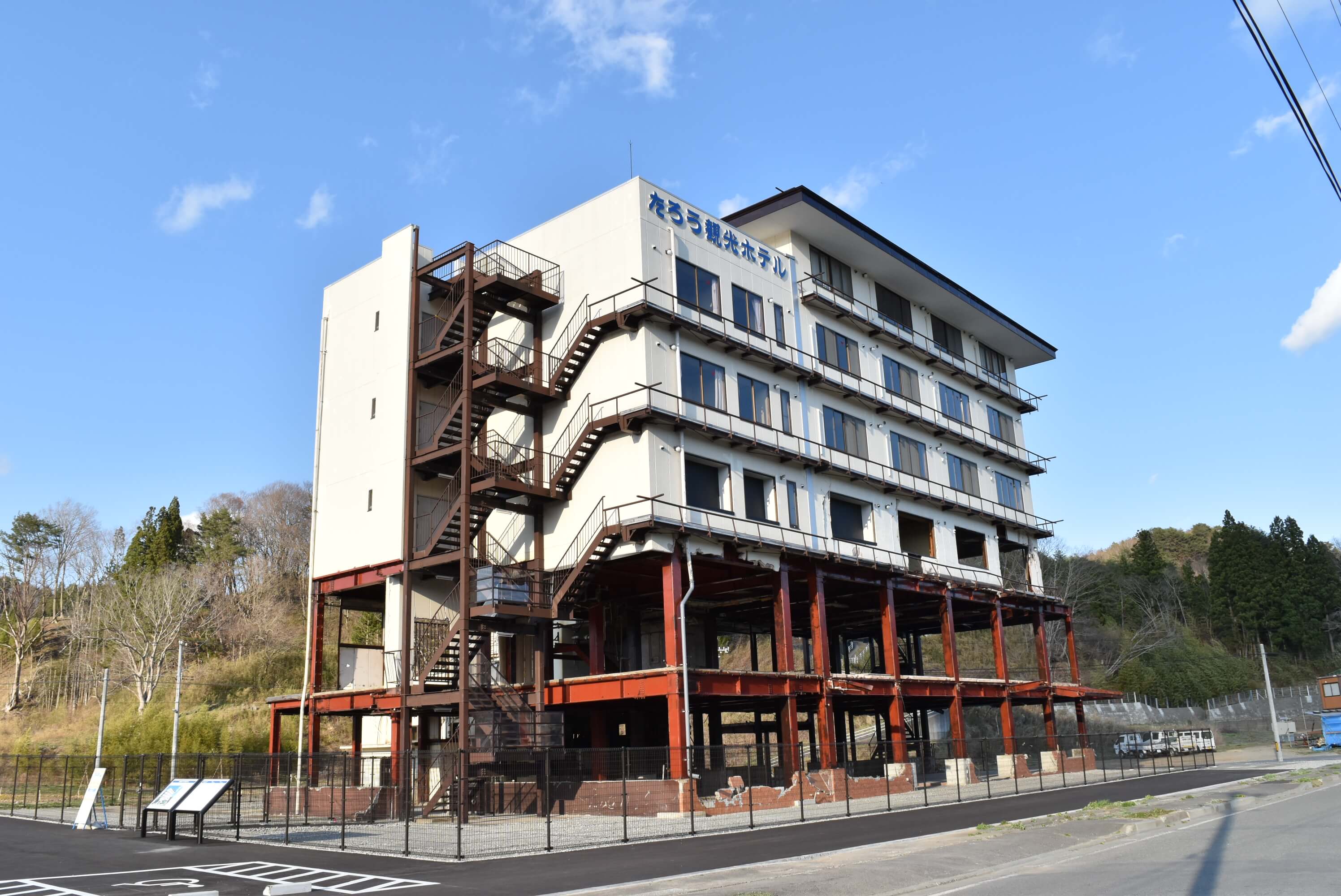
March 11, 2011. 2:46 pm. A magnitude 9.0 earthquake strikes off the coast of Miyagi Prefecture, producing a tsunami that hits the northeastern coast of Japan.
This terrible black wave hit the coastal areas of Iwate and the rest of northeastern Japan, swallowing up whole towns in an instant. In Iwate alone, 5,140 lives were lost, and 1,114 still remain missing as of January 2019.
None of this would have been possible if the whole world hadn’t banded together to support Iwate and the rest of Tohoku in our time of need. For that, we thank you. We thank all of the people around the world for their time and effort and donations. Those have all made a difference in the lives of the survivors.
The road towards reconstruction is long and will never be easy. We must continue to support the residents still in temporary housing, and ensure that the people of the coast lead fulfilling, happy lives - to ensure that there is a "reconstruction" of the lives of every survivor.
Messages from the disaster area
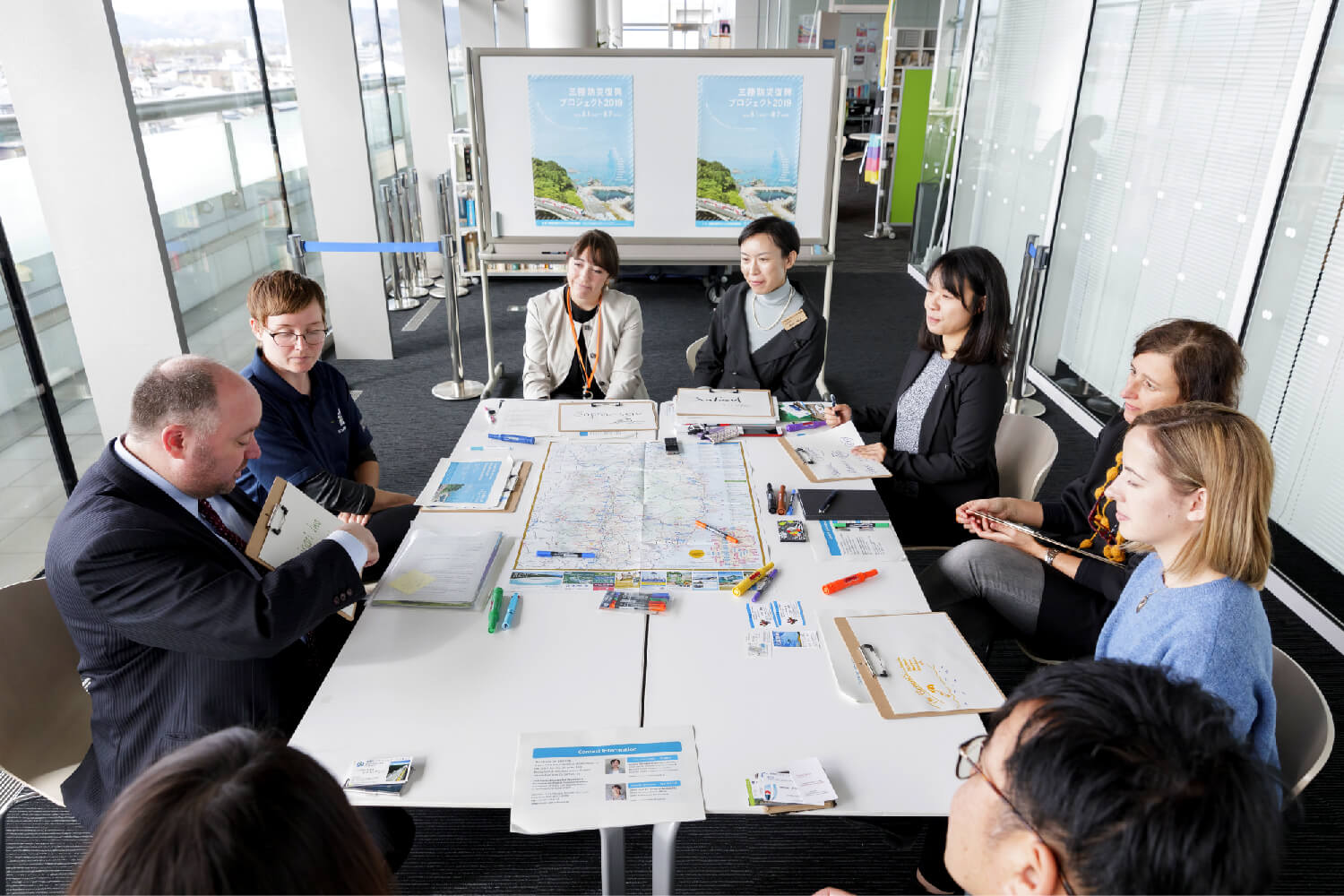
Recently, we invited foreign residents of Iwate tell us what people in our own countries should know about the disaster and the reconstruction.
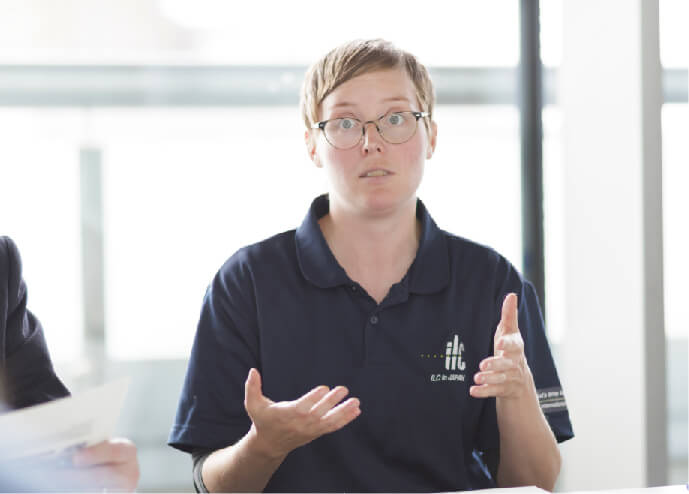
Anna Thomas
Oshu City (originally from Oregon, USA)
-Been in Iwate for 7 years-
Anna:
“The coast is getting closer and closer to its full glory. If you remember 3.11 and want to help, the best thing you can do is come visit. That goes for Iwate, and that goes for other places hit by disaster like Kumamoto, Hiroshima, and Hokkaido.
Remember us. Come visit. And please learn from us. Review your evacuation route. Buy an emergency kit for your house. If someone tells you to evacuate, leave. In this way, I would like people to come here to learn more about how to reduce their
risk to disaster for where they live. Take the lessons from the coast here and bring that back home, and see what you can do, and what your community can do to prepare.”
Mark:
“We need to both teach the disaster, and convey the resilience of the people who went through it and continue to go through it. We can never say ‘never again,’ like you could for a war memorial. Natural disasters are going to happen. They thought
that the tsunami would never reach a certain height, and yet it cleared it completely - We can’t take anything for granted anymore. Still to this day, Ofunato and Rikuzentakata and even Sumita have people who are still living in temporary homes
seven years on. But the people here are resilient, and they will recover. Despite the disaster and the destruction it brought, it has also inspired an influx of young people to the area; first as volunteers, and then others have stayed to start
anew in the region. That’s encouraging for the future.”
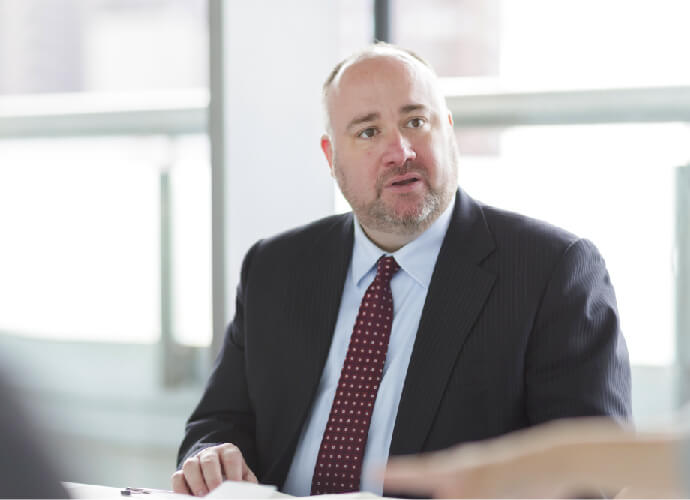
Mark Mino-Thompson
Sumita Town (originally from Canada)
-Been in Iwate for 20 years-

Emily Hallams
Kamaishi City (originally from Australia)
-Been in Iwate for 2 years-
Emily:
“I would like more people to understand the scale of the reconstruction that has taken place since 3.11, and how hard everyone here has worked towards the recovery. New highways, railway repairs, and raising the ground levels are all such huge
feats on their own, and the fact that it has all happened so quickly is incredible. I hope more and more people come to visit and give the area a chance to show what they have achieved. Not just by the resilience of the community, but also the
willingness to find new ideas, and to take new opportunities from what was such a horrible experience for a lot of people. People here are trying to create new things, and this has been an incredible thing for the region. I want people to see
that willingness to make something good and to pass on those lessons.”
Renata:
“I went to Kesennuma (as a volunteer) in June 2011, only three months after the disaster, and it was awful. But one year later, everything was basically cleaned up and they were starting to rebuild. Resilience, risk prevention, and a quick and
efficient response to natural disasters is something Japan knows very well. The Sanriku coast can spread its wisdom to the globe. On the other hand, I think the reconstruction process is also showing that we can be completely blind to the teachings
of nature. Humans want to go against nature, but nature is always trying to regenerate itself. This is something we have to teach to the next generation. It’s learning from nature and trying to have a different approach to human civilization.
Living with Nature, in respect of its rules - it is the only way for humans to survive on this planet.”
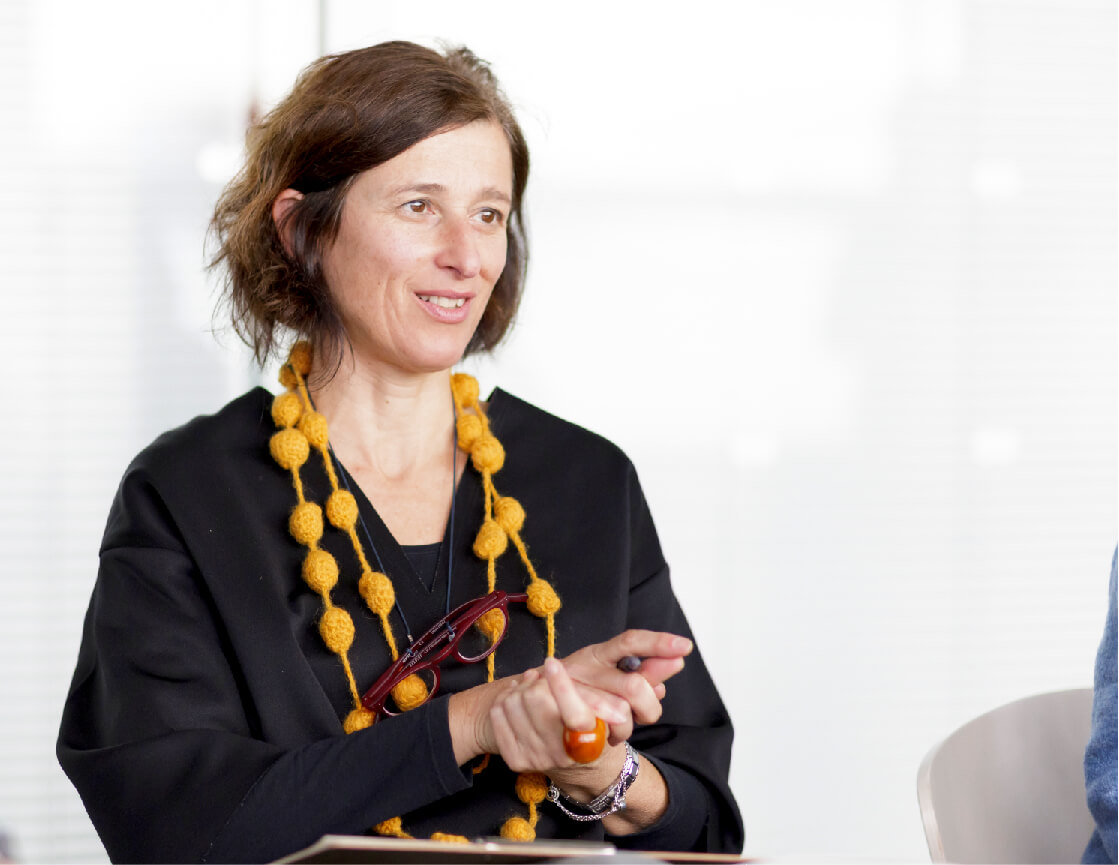
Renata Piazza
Tono City (originally from Italy)
-Been in Iwate for 2 years-
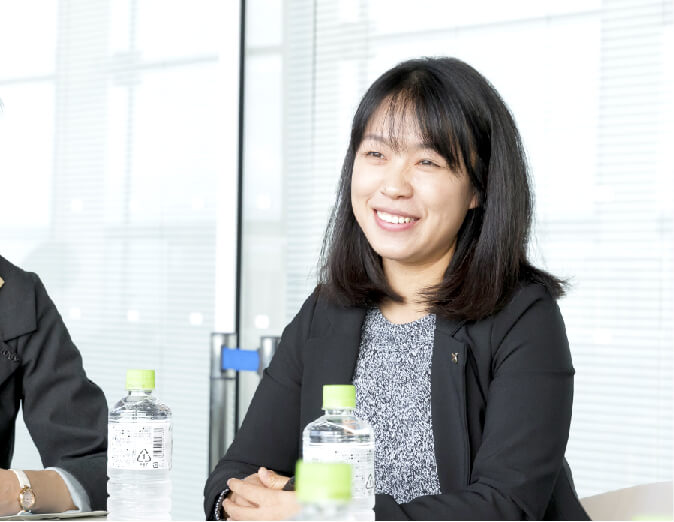
Youxi Zhou
Iwaizumi Town (originally from China)
-Been in Iwate for 1 year-
Youxi:
“Last weekend, I attended a disaster evacuation drill held throughout the town, which I had never done before. It was good to learn from the past, to remember what happened and to now bring awareness. I hope that visitors to the coast will talk
to the people from Sanriku. Different towns and villages have their own experiences. Not just of the disaster, but their own experiences from living in this place. Growing up here, they have so many stories about the changes in Sanriku. Yet they
don’t notice what’s so special about this place – we do. When local people talk to outsiders, they can rediscover the beauty of Sanriku. So I really recommend engaging with the local people. The memories still hurt for them, but they’re working
hard to rebuild a home full of hope and smiles.”
Amanda:
“They have the disaster education tours in Taro in Miyako City. When I go on these tours, I always get the same woman as my guide. By the way she talks about the disaster, you can tell it’s something she still experiences, and it’s painful for
her. But she wants educate people on not being complacent. The lengths that the people of Sanriku go to – they’ll relive the disaster in their minds in order to educate people. I’d like to do more to help that message reach more people. Their
message is that we all need to be prepared for the disasters that could happen in our neighborhoods. Maybe it’s tsunami or earthquakes, or maybe it’s tornadoes and wildfires. With climate change there will be more weather events. It’s really
important to be aware and prepared. You can’t just listen to them talk and then not do anything. I think it’s amazing what the people of Sanriku are doing to educate the people around the world.”
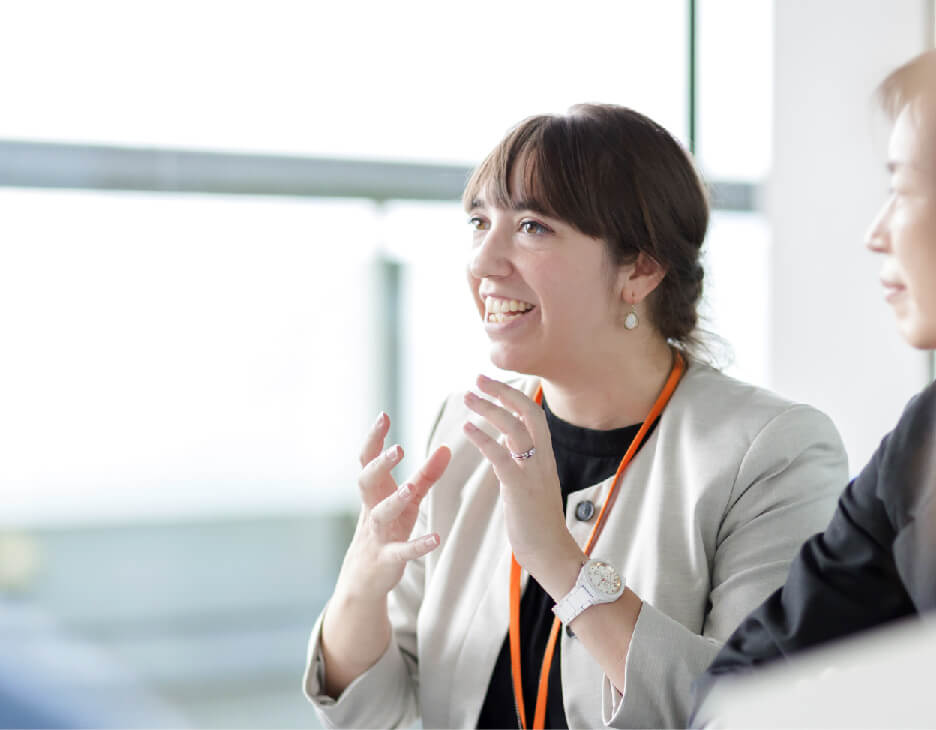
Amanda Wayama
Morioka City (originally from the USA)
-Been in Iwate for 10 years-
We don’t want the world to forget
Through the reconstruction of the Sanriku coast, we have learned how important our relationships are – person to person, and region to region. That’s why there is an initiative happening this year to celebrate those relationships and communicate how far we’ve come with our recovery, in hopes of building communities that will last the test of time.
That initiative is the 2019 Sanriku Disaster Risk Reduction & Reconstruction Project.
We’d like as many people as possible to visit the Sanriku coast, to not only enjoy the big events happening in 2019, but also to see how we have recovered. That’s why we’re holding a two-month extravaganza of events: a disaster symposium, concert, local food fairs, and more. We hope this encourages people to visit the coast so they can meet the local residents – and make new memories in Sanriku.
There is still so much left to do. But the people of the Sanriku coast will keep on moving. And we hope to soon show the world a resilient Iwate and Sanriku coast, ever more vibrant than before.




![中文[繁體字]](../images/img_language_04.png)
![中文[简体字]](../images/img_language_05.png)





